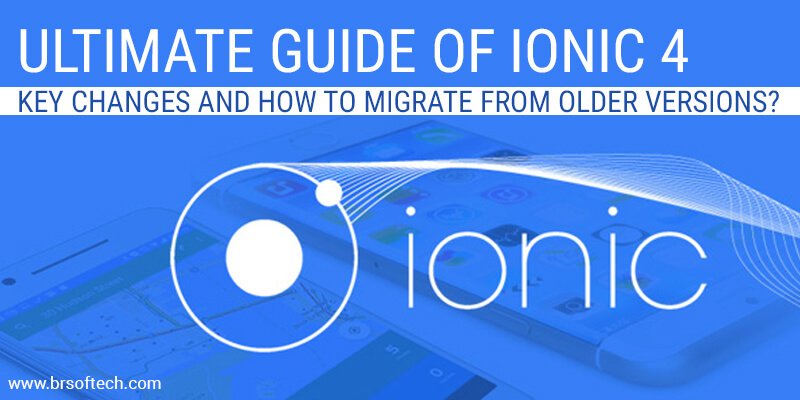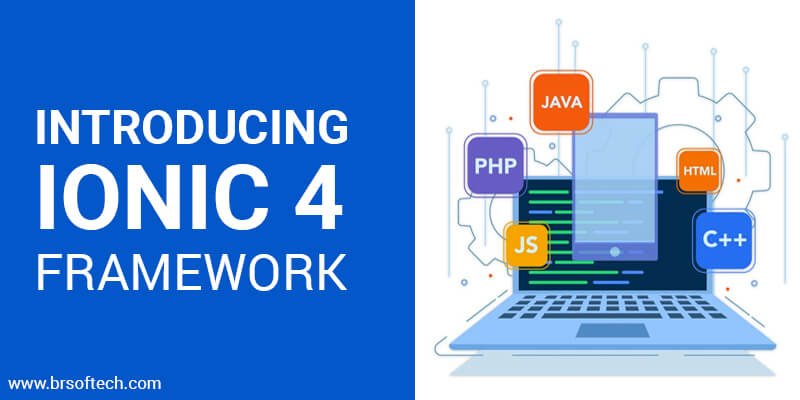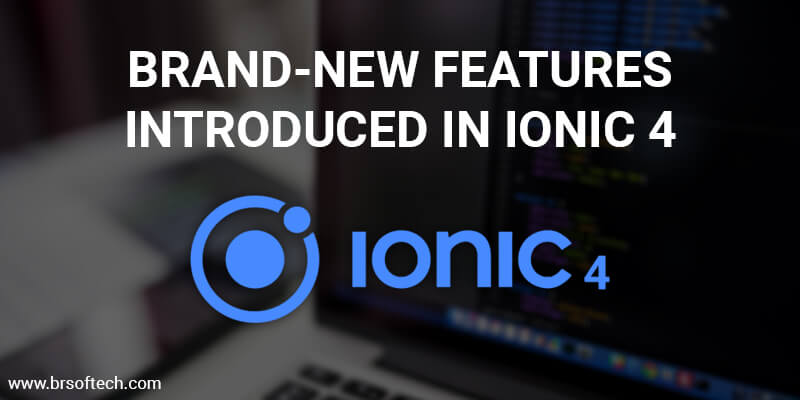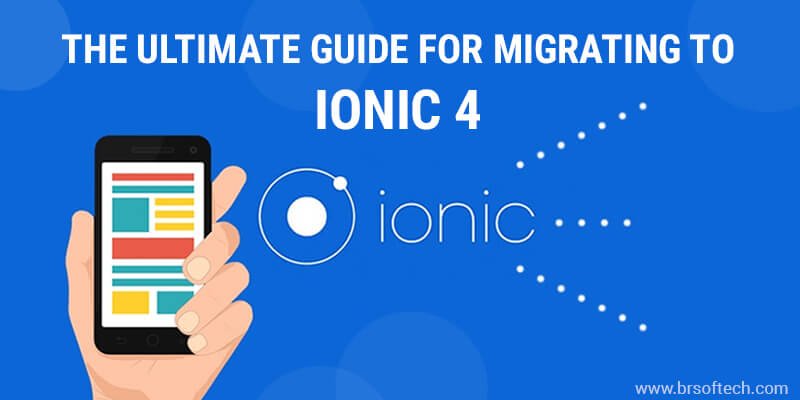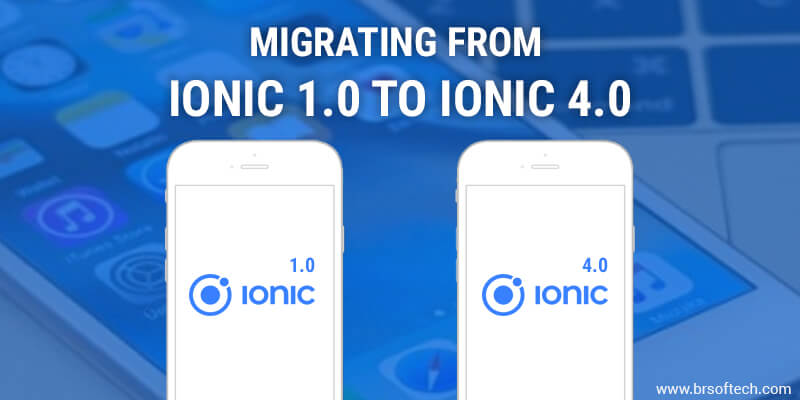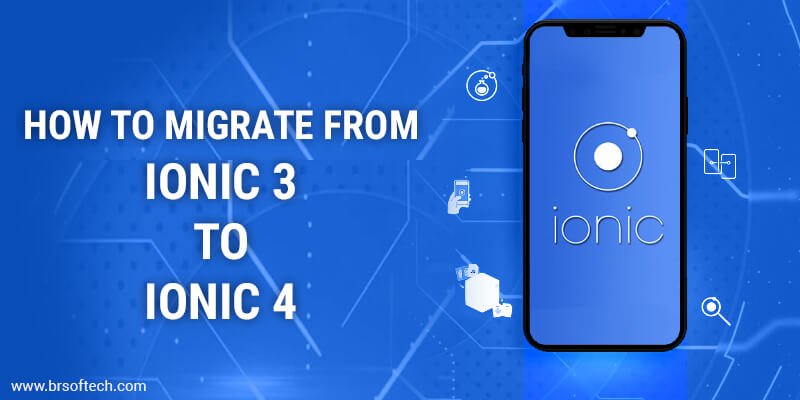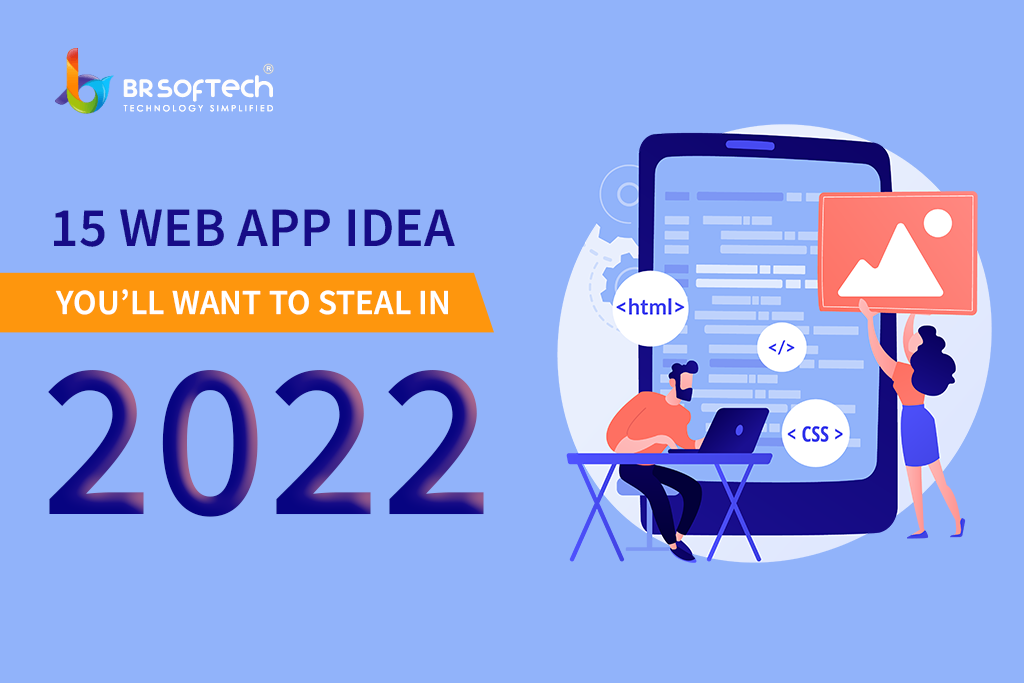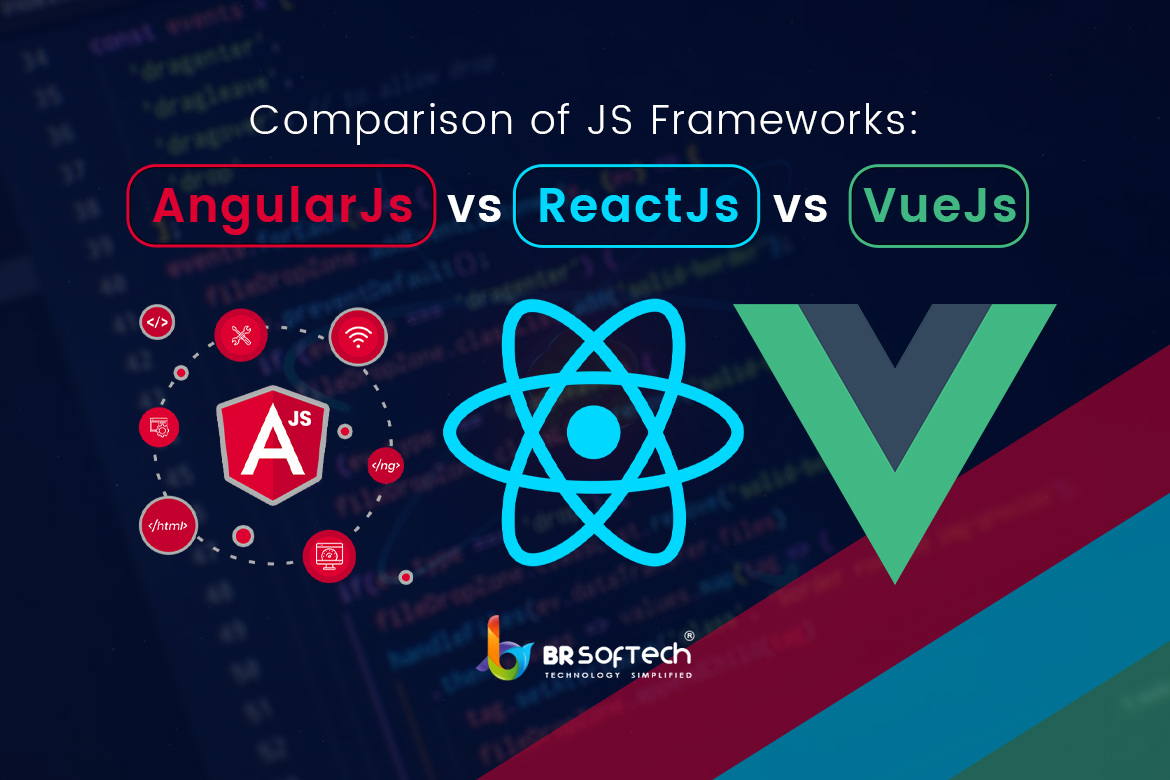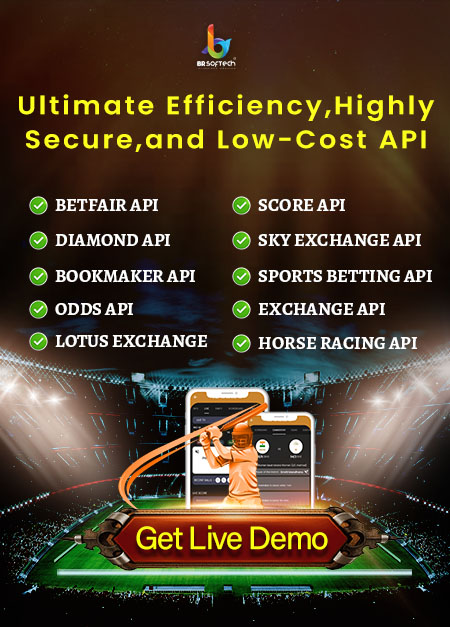Ionic is an open source mobile app development platform which enables developers to create top quality native and progressive web apps using the latest technologies. It’s considered to be one of the best frameworks. It was created in 2013 by Max Lynch, Ben Sperry, and Adam Bradley of Drifty Company. It includes mobile components, interactive paradigms, typography, and an extensible base theme. Majorly it incorporates 3 components which are mentioned below.
-
A Saas-based UI structure which is specially optimized for mobile UIs.
-
It’s a compiler utilized for developing native apps using HTML, CSS, and Javascript.
-
Helps in developing the quick, scalable app using Angular platform.
The launch of Ionic 4 Framework
Recently, Ionic 4 has been launched after 24 months of hard work and research in January 2019. Its build on top of Angular with new syntax and structural changes. The advancement it has been introduced with is absolutely lucrative. Now with Ionic 4 release you can use any framework like React, Vue.js, and web components.
New Components Introduced in Ionic 4

-
It has enhanced the build-time, which is truly good news for a lot of developers
-
The advancement in functionality has increased its value.
-
Its multi-frame compatibility can’t be ignored.
-
It has launched with strong theme capacities.
-
It has come up with some exceptional features like Stencil and internal code refactoring.
-
Using this framework developer does not need to make extra efforts for rebuilding and retracing
There are many more features which have been introduced recently. We will talk about it in detail later. If you are still using the older version of Ionic, you must move to the newer version. Although all the concepts from Ionic v1 are still the same with the recently launched version however, it looks slightly different. Previously it was only for the mobile Angular that’s not the case anymore. It impersonates an excellent web-based modern design system and app structure for all the developers despite the framework developer uses.
Related Post: Ionic Framework For Developing PWA
The latest version is much more interesting now, all UI controls are web components, build on open web standard. It increases the compatibility of this framework and gives leverage to developers to get more beneficial results using Ionic 4.0.
Brand-new Features Introduced In Ionic 4

-
Now, Ionic 4 framework can be used with other frameworks apart from Angular. With outstanding features like Stencil and internal code refactoring it has become more compatible and allow developers to rebuild and retrace their apps effortlessly without much complication.
-
Ionic 4 empowers web components, including a lot of web platform APIs which helps in building newly reusable, encapsulated, customized HTML tags for web application and website pages.
-
Ionic has introduced some custom widget elements which are developed as per web component standard and functions across all modern browsers. All these custom widget components are used by JavaScript library and every framework which functions with HTML
-
The stencil is a brand new web component compiler which helps in creating standard compliant web components. It can be used with all the frameworks and use all the extra API like sync rendering, Virtual DOM, TypeScript, and JSX.
-
By launching new web components Ionic 4 has empowered the functionality of these components towards browser by reducing the writing code repetitively. It helps the developers to develop a high performing progressive web application. It fixes DOM, CSS and custom elements which modernize HTML and HTML imports. It allows the developers to reuse the HTML document and other HTML document.
-
The code execution layer Capacitor is also known as cross-platform API. It helps in writing custom native plug-ins, and offers top-notch progressive web app assistance in writing the application.
-
The HTML templates are utilized for acknowledging fragments of mark-up and make hybrid mobile app development easy.
-
Ionic 4 is approx 1.5x faster as compared to before in overhaul design, with every component a web component, Stronger UI, Customizability of theme, and in improved performance.
The new version helps in meeting the latest standard of Android and IOS. These new components are well optimized for improving load time and render better performance.
The Ultimate Guide for Migrating to Ionic 4

The Ionic framework is used to develop future proof apps. Its framework-specific tooling is another great change which has taken place. With all the feature and functionalities it ’s quite easy for developers to update it now. It has become now cross-platform which allows one codebase to run on any device and operating system across mobile and desktop. It allows developers to create a multi-experience app that runs on IOS, Android, desktop and more.
Migrating from Ionic 1.0 to Ionic 4.0

The release of Ionic 4 greatly expands the advancement and follow modern approach. The migration process starts from moving AngularJS (AKs Angular 1) to Angular 7+. Along with that, there are many architectural differences between these versions. Although the Ionic developers will like that the UI components haven’t changed much. The overall time frame is definitely has improved and allowed developers to create the app more effective in less time as compared to before with Ionic 1.0.
Ionic 4.0 look and feel is similar to 4.0 however, major changes have taken place for the betterment of the framework. All the concepts from V1 are still in the latest version looking slightly different and merged into one. This is more simplified and now allow the developer to navigate the components the way they like.
How to Migrate from Ionic 3 to Ionic 4

The complete migration process from Ionic 3.0 to ionic 4.0 is less complex as compare to migration from ionic 1.0 to ionic 4.0. Most of the codes will remain same with syntax change due to Angular upgrade and web component approach. The overall time it will take to upgrade from Ionic 3.0 to Ionic 4.0 depends a lot on the application size. For better results you can try this on new application recreate your project structure using Ionic 4.0.
Here we have listed all the components which are launched in Ionic 4.0.
-
Ion-picker
-
CSS Variables
-
Ionicons 4.0
-
Tappable Items
-
Ion-Skeleton Text
-
Ion-Searchbar
-
Ion-Reorder
-
Ion-Route
-
Ion-Ripple Effect
-
Color changes
-
Ion-Select popover
-
Ion-backdrop
-
Ion-Show-when
Apart from the features these are the new components which has been added in Ionic 4.0 for the betterment of the framework.
Final Thought
As mentioned earlier, Ionic 4.0 is an excellent framework following the futuristic approach. It has come up with some great changes which make developers use it more often. Ionic 4.0 is taking app development on another level and empowering the developers to create something really outstanding. It has broadened the horizon of development by providing developers with the opportunity to save time and cost while giving beneficial results.
BR Softech is one of the leading Mobile app development company. With the team of expert developers, we use the latest technology and make use of all the updates wisely to satisfy the client requirement.
More Blogs Related Post:
- Two New Features on Ionic 2.2.0
- Build Native Apps and Progressive Web Apps with Ionic Framework






